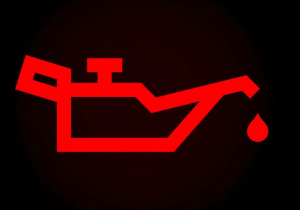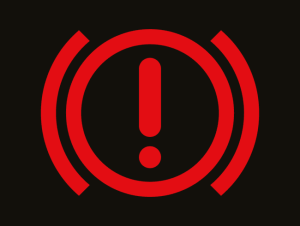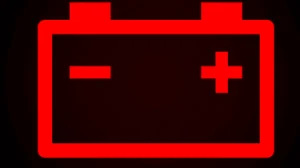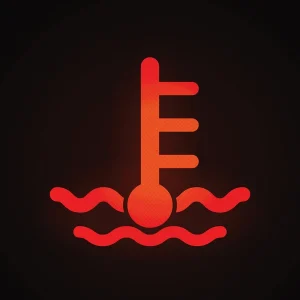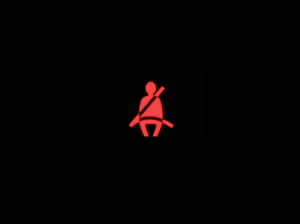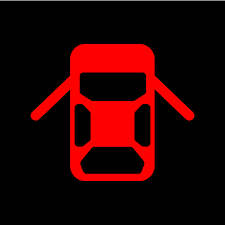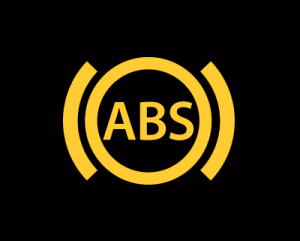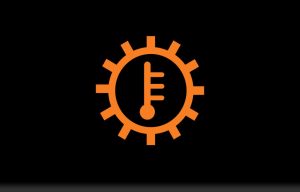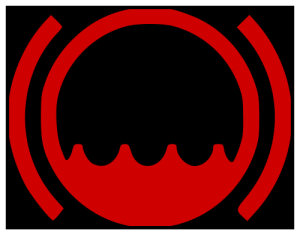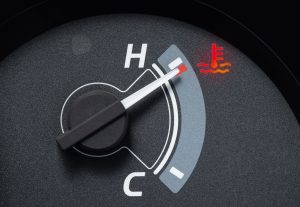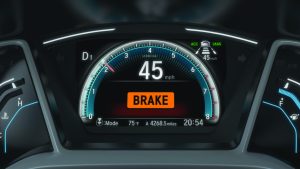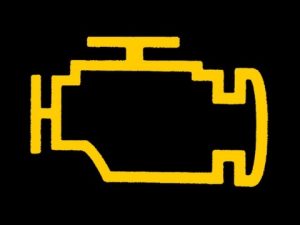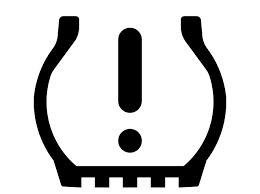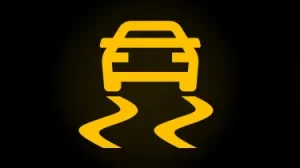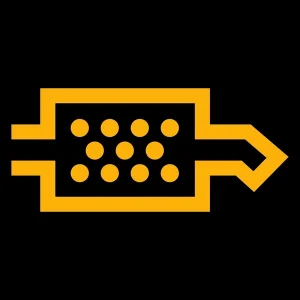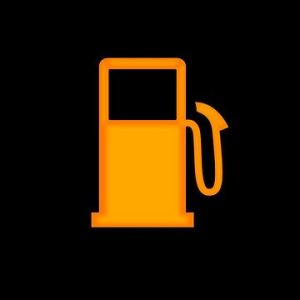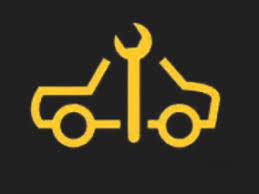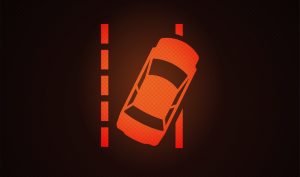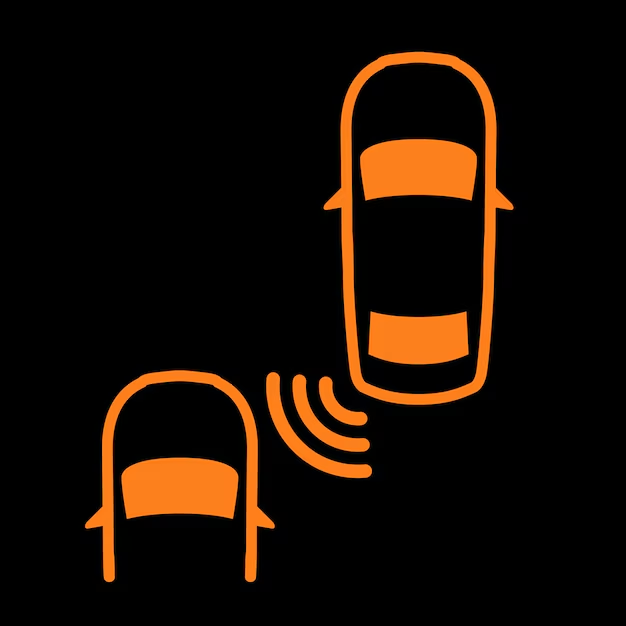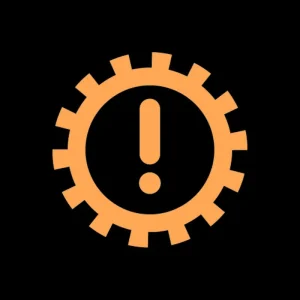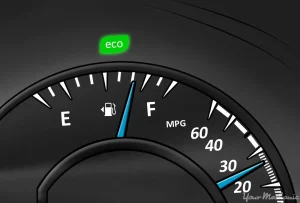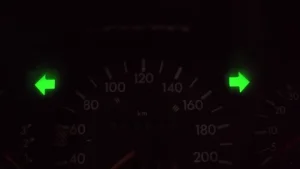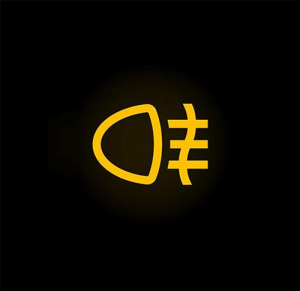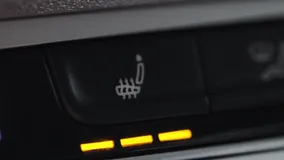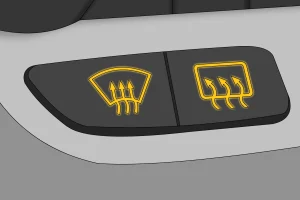Understanding dashboard warning lights in your Range Rover Sport is essential for maintaining vehicle safety and preventing costly damage. These lights alert you to potential issues ranging from minor notifications to critical problems that could lead to breakdowns or accidents.
By recognizing and responding promptly, you can ensure smoother drives, extend your vehicle’s lifespan, and avoid roadside emergencies.
Quick Navigation
Red Warning Lights (Stop Immediately)
These indicate serious issues that require you to pull over safely and address the problem right away to prevent harm or further damage.
Engine Oil Pressure
Low oil pressure can cause engine damage from lack of lubrication. Possible causes include oil leaks or pump failure. Stop driving, check oil level, and add oil if needed; seek a mechanic if it persists.
Brake System Alert
Signals low brake fluid or a fault in the braking system, risking reduced stopping power. Causes might be leaks or worn pads. Park immediately, inspect fluid level, and call for roadside assistance or a tow.
Battery Charge
The battery isn’t charging properly, often due to alternator issues or loose connections. This can lead to a sudden loss of power. Stop and turn off the engine; have the charging system checked by a professional.
Coolant Temperature
Engine is overheating, possibly from low coolant, a faulty thermostat, or radiator problems. Overheating can warp engine parts. Pull over, let the engine cool, check coolant level, and avoid driving until fixed.
Airbag System
Indicates a fault in the airbag setup, meaning it might not deploy in a crash. Causes include sensor errors or wiring issues. Stop and have it inspected at a service center to ensure passenger safety.
Power Steering Failure
Loss of power assistance makes steering hard, especially at low speeds. Could be due to fluid leaks or pump failure. Pull over safely and contact a mechanic; do not drive further.
Seatbelt Reminder
Alerts if seatbelts aren’t fastened, increasing injury risk in accidents. It’s triggered when occupants are detected without belts. Stop and ensure everyone buckles up before continuing.
Door Ajar
A door, hood, or trunk isn’t fully closed, which could lead to items falling out or safety hazards. Check all closures and secure them; stop if it doesn’t resolve.
ABS Warning
Anti-lock braking system is malfunctioning, potentially causing wheel lockup during hard stops. Causes include sensor faults or low fluid. Stop and get it serviced immediately for safe braking.
Transmission Overheat
Transmission fluid is too hot, risking gear damage from friction. Often caused by towing heavy loads or low fluid. Pull over, let it cool, and check fluid; visit a mechanic.
Low Brake Fluid
Brake fluid level is critically low, compromising brake performance. Leaks or wear are common causes. Stop driving, top up fluid if possible, and have the system inspected.
Engine Overheat
Similar to coolant but focused on overall engine temperature spikes. Causes include cooling system failures. Stop immediately, cool down, and seek professional help.
Emergency Brake Engaged
Handbrake is on while driving, causing drag and wear. Release it fully; if it sticks, stop and inspect.
Yellow/Amber Warning Lights (Action Required Soon)
These suggest issues that need attention in the near future, but you can usually continue driving carefully until resolved.
Check Engine
Engine or emissions system has a fault, like a loose gas cap or sensor issue. It affects performance or fuel efficiency. Have it diagnosed at a service center soon to prevent bigger problems.
Tire Pressure Monitoring
One or more tires have low pressure, risking blowouts or poor handling. Causes include punctures or temperature changes. Check and inflate tires to recommended levels promptly.
ESP Stability Control
Electronic stability program is off or faulty, reducing traction in slippery conditions. Could be due to sensor errors. Reactivate if possible and get it checked soon.
DPF Filter
Diesel particulate filter is clogged with soot, affecting exhaust flow. Driving at higher speeds can help regenerate it; otherwise, visit a service center for cleaning.
Glow Plug
For diesel models, indicates glow plugs are heating or there’s a fault. It delays starting in cold weather. Wait for it to go off before starting; service if it stays on.
Low Fuel
Fuel level is low, risking running out. Simply refuel at the next station to avoid being stranded.
Service Reminder
Vehicle is due for routine maintenance like oil change. Schedule a service appointment soon to keep warranty and performance.
Adaptive Cruise Control Fault
System for maintaining speed and distance isn’t working, possibly from sensor dirt. Clean sensors and have it checked if needed.
Lane Departure Warning
Alerts if you’re drifting lanes without signaling; system might be faulty. Recalibrate or service to maintain safety features.
Blind Spot Monitoring
Issue with detecting vehicles in blind spots. Clean mirrors or sensors; get professional help if it persists.
Forward Collision Warning
Sensors for potential crashes are malfunctioning. Clean the front grille area and seek service.
Rain Sensing Wipers Fault
Automatic wipers aren’t detecting rain properly. Check the windshield sensor and clean it; service if necessary.
Suspension System
Air suspension has a fault, affecting ride height. Avoid rough terrain and get it inspected soon.
Transmission Fault
Minor issue in gearbox, like sensor problems. Drive carefully and visit a mechanic.
Green Information Lights (Information Only)
These provide status updates and don’t require immediate action; they’re just helpful indicators.
Eco Mode
Vehicle is in fuel-saving mode, adjusting throttle and gears for efficiency. No action needed; it’s optimizing performance.
High Beam On
Headlights are on high beam for better visibility. Dim them for oncoming traffic.
Turn Signal
Blinking to indicate direction change. Ensures others know your intent.
Parking Lights
Exterior lights are on for visibility when parked. Turn off when leaving to save battery.
Fog Lights
Front or rear fog lights are activated for low-visibility conditions. Use only when necessary.
Auto High Beam
System is automatically switching beams. No action; it’s handling lighting.
Hill Descent Control
Assisting with controlled downhill speed. Active on steep declines.
Seat Heater On
Seats are heating for comfort. Adjust temperature if desired.
Windshield Defrost
Defrosting mode is active to clear glass. It will run until turned off.
Four-Wheel Drive Engaged
4WD system is on for better traction. Suitable for off-road or slippery roads.
Odometer/Trip
Displays mileage or trip data. Useful for tracking distance.
Clock/Temperature
Shows time and outside temperature. Informational for planning.
When looking at Land Rover, make sure to check out our guides on models like the Land Rover Defender, Land Rover Discovery, Range Rover Vogue, and Range Rover Velar. Understanding dashboard warning lights is essential. Our expert reviews break down what each light means, highlighting common alerts for these models and what they could signal about underlying issues, so you’re never left guessing behind the wheel.

